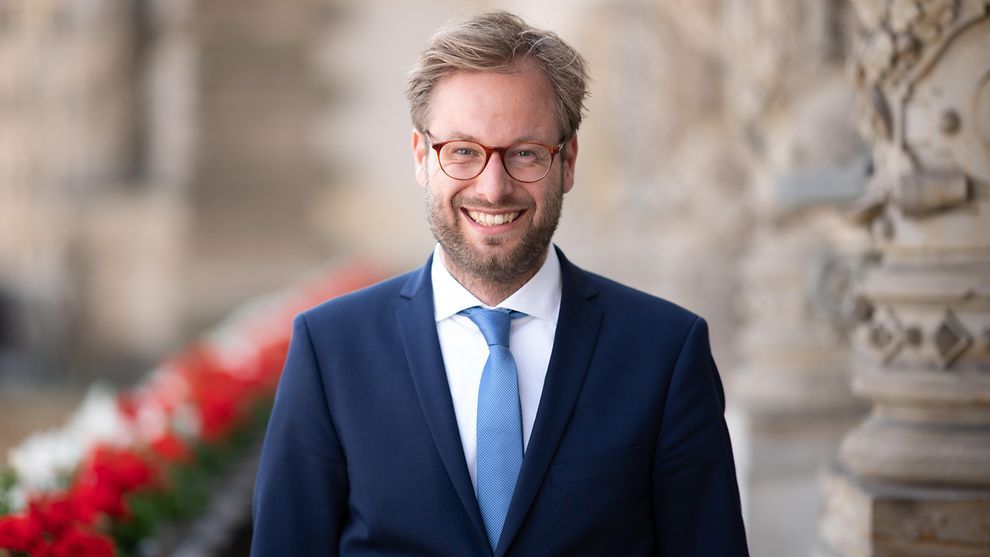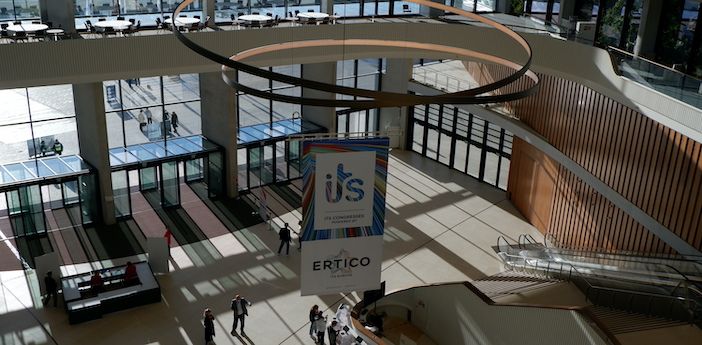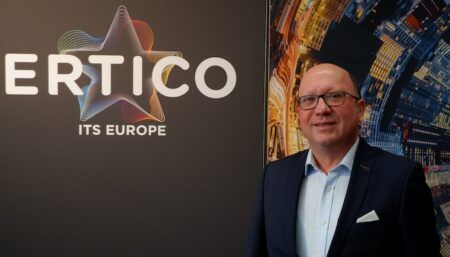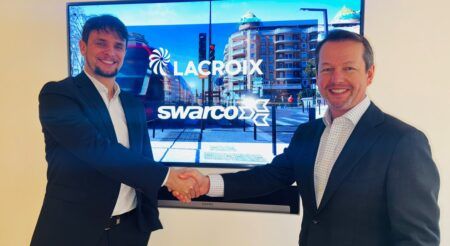More than 70 ministers, mayors, industry leaders and senior representatives of national and local governments from over 20 countries/states met in Hamburg yesterday (October 12) to review how intelligent and green mobility can contribute to sustainable growth and a better environment for all citizens.
The ITS Summit was a key element of the 2021 ITS World Congress and brought global counterparts face-to-face to align on common transport challenges and possible solutions. They also looked at emerging issues where a global partnership on research could benefit all parties.
Opening the ITS Summit, senator for transport and mobility transition, Anjes Tjarks, said, “We live in a globalized world. In no other city is this more evident than in Hamburg. With the port as a gateway to the world and as a European hub for rail transport, it is clear that we can only overcome future mobility challenges together. This is why we need close collaboration between municipalities and states as well as on an international level. We cannot accomplish the mobility transition or overcome the climate crisis on our own. Instead, we want to improve the quality of life and mobility for people everywhere by promoting the development and implementation of smart and climate-friendly technologies.

“Hamburg is a digital model city and provides real-world conditions for these technologies. We develop and test the future here so we can share our findings and solutions with others. Ultimately, policies are good if they’re specific and effective. In Hamburg, we want to turn many theoretical ideas into practical policy,” Tjarks added.
The overall aim of the ITS Summit was to encourage cross-sector discussion on transport concerns and priorities. This year’s summit discussions were focused on reaching conclusions on five prevalent challenges that include modal shift, public acceptance, avoiding regional stand-alone solutions, market dynamics and regulations, as well as coping with increasing city-logistics.
Delegates shared experiences of ITS solutions and services that are ready to support these themes and identified areas where solutions are incomplete, where more fundamental research is needed to enable progress to be made, or where more trials and demonstration projects would be beneficial.
The summit participants concluded that the deployment of ITS can reduce congestion, emissions, and energy consumption, while enhancing safety and mobility for people and freight. However, the knowledge of how to do this is not evenly spread across countries and regions.
Other key findings included:
- Hamburg 2021 has the strongest freight elements in a congress so far. However, there is still more to do to find the best way to integrate freight and passenger movements in cities.
- Sustainable mobility and modal shift goals must be designed into policies and procurements from the start. Adding these later will increase costs and performance risks. Improving public acceptance of policies is helped by city/public/supplier collaboration before procurement specifications are set.
- Many cities seem unaware of what has been done and what works elsewhere – duplication is slow and costly. More work is needed to publicize what is known; this is an essential development to counter skills shortages.
- We need more open ‘platforms’ on which specialist applications can run in interoperable environments with more use made of ‘data spaces’.
- Innovatory services are too often seen as a threat by regulators; regulation should be a partnership. However, proposers of innovatory services need to remember that transport infrastructure is designed for a very long life and the public sector needs to protect this investment. There was strong support for ‘innovation ‘sandboxes’ as a mechanism to develop a partnership approach at the earliest stages.
- Although there was a clear endorsement of the value of standards there are still regional standards that need to be extended to national level and national standards that need to be extended to global level. Cities need to be far more involved in the standards-setting processes.
The Summit participants were keen to continue to work together in addressing city mobility challenges through the deployment of efficient and sustainable ITS solutions.





